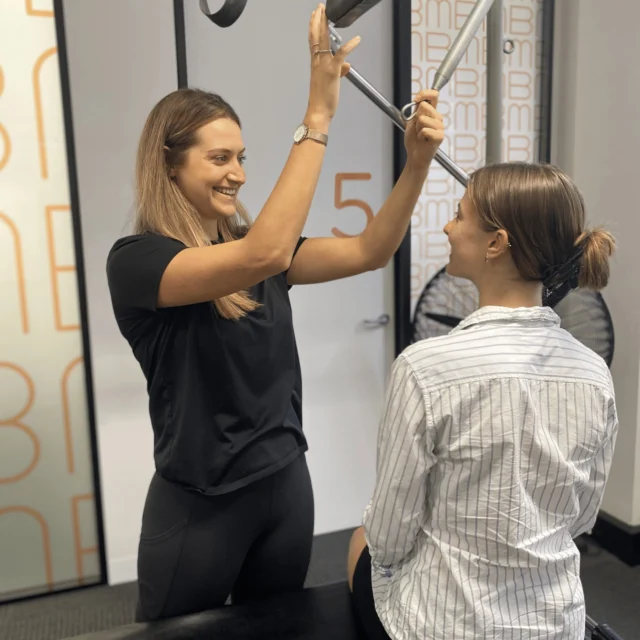The Scapholunate Ligament is one of the most frequently injured ligaments in the wrist, and occurs in approximately 5% of all wrist injuries. The concern of SL ligament injuries is the progression of abnormal joint mechanics of the wrist, and further degenerative cartilage changes.
The SL Ligament is C-shaped and has three structurally distinct parts: volar, membranous, and dorsal. The dorsal part of the SLL is the strongest and the primary stabiliser of the SL joint and can resist forces of up to 260 N.
Cause of Injury:
The ligament usually is injured with sudden impact force applied to the hand and wrist, commonly with the wrist positioned in extension, ulnar deviation and carpal supination. An example is falling onto an outstretched hand with the wrist in extension.
The ligament may also be impacted in a chronic nature, whether this be repeated strains, loosening with age or long-standing inflammation can cause gradual breakdown of the ligament.
Signs and Symptoms:
Acute presentations of Scapholunate Injuries will likely present with:
- Pain located at the dorsal radial wrist
- Pain when bending the wrist backward
- Pain increased with loading across the wrist (e.g. push up position)
- Limited range of motion – Particular discomfort at extremities
- Swelling that has developed over several days, usually on the back side of the wrist
- Clicking, catching, popping or grinding
- May be associated with wrist instability or weakness
In chronic presentations of scapholunate ligament injury/insufficiency, pain and weakness may appear several months or even years following initial injury
How is it diagnosed?
Scapholunate ligament injuries can often be difficult to diagnose, and is often underdiagnosed as a wrist sprain – and then poorly managed in the acute setting which is a cause for recurrent or chronic wrist pain due to ligament insufficiency.
At Bend + Mend, expect a thorough wrist assessment to inspect the injury. Through a battery of assessment tools, palpation, ROM assessment, stability assessment, and special ligament assessment tests we will determine whether further imaging is required in the diagnosis.
If scapholunate ligament injury is indicated in the physical examination, referral to hand specialist/surgeon for further specific X-ray Imaging and/or MRI is recommended.
Imaging will provide appropriate information with regards to whether there is a partial or complete tear of the SL ligament, which will guide the management and prognosis of SL injuries.
How are Scapholunate Ligament injuries managed?
The management of Scapholunate Ligament Injuries depend on the severity / damage to the ligament, whether this is a partial tear or complete rupture, and whether there are further alignment deformities of the carpal bones due to wrist instability.
An SL injury can be classified as partial or total and the degree of instability is arthroscopically classified according to Geissler. The Geissler classification is a 4 graded classification system from Grade I – partial SL injury; to Grade IV – Incongruence and/or step-off of the carpal alignment (significant carpal instability).
Mild scapholunate ligament injuries (grade I) without changes on the X-ray are usually treated conservatively. Anti-inflammatory medications are often prescribed to reduce pain and inflammation and the wrist is placed in a cast or brace for a period of 2-6 weeks. Following this period of immobilisation, gradual stretching and strengthening of the wrist may begin. If conservative treatment options fail to relieve pain or if instability still exists between the scaphoid and lunate bones, surgery may be indicated.
Surgery is usually performed arthroscopically for significant ligament injury(grade II+) and rupture, especially if there is malalignment of the carpal bones. The degree of SL ligament injury will determine the necessary surgery.
The acute management of scapholunate ligament injuries is integral for optimal long term outcomes, a comprehensive rehabilitation and long term management plan following the acute injury will result in the best outcome for you and your wrist. If you are experiencing wrist pain, don’t suffer in silence, have it assessed by a Physio here at Bend + Mend in Sydney and start planning your way out of pain.





